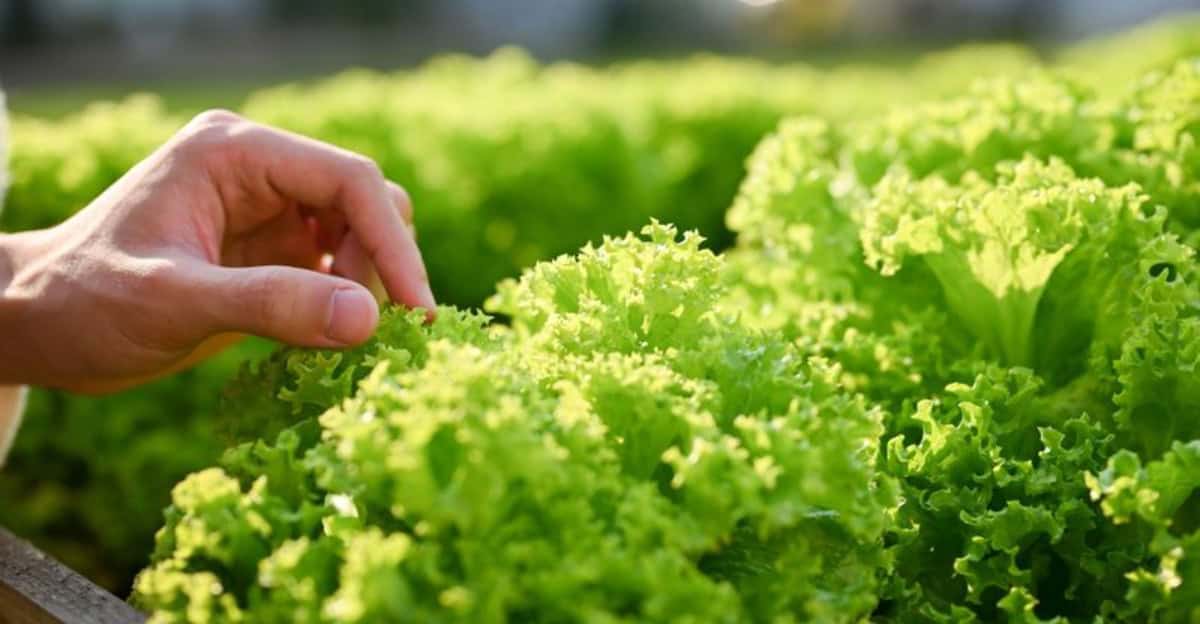Growing lettuce can be a rewarding endeavor for both novices and seasoned gardeners. With the right techniques, you can ensure a continuous supply of fresh greens throughout the year.
This guide provides 10 essential tips to help you cultivate lettuce successfully, ensuring a lush and abundant harvest.
1. Choose the Right Variety

Selecting the right variety of lettuce is crucial. Consider factors such as climate, space, and your taste preferences. Opt for varieties like butterhead or romaine for different textures.
Experiment with heirloom varieties for unique flavors. Choosing the right seeds will set the foundation for a bountiful harvest.
2. Prepare the Soil Properly
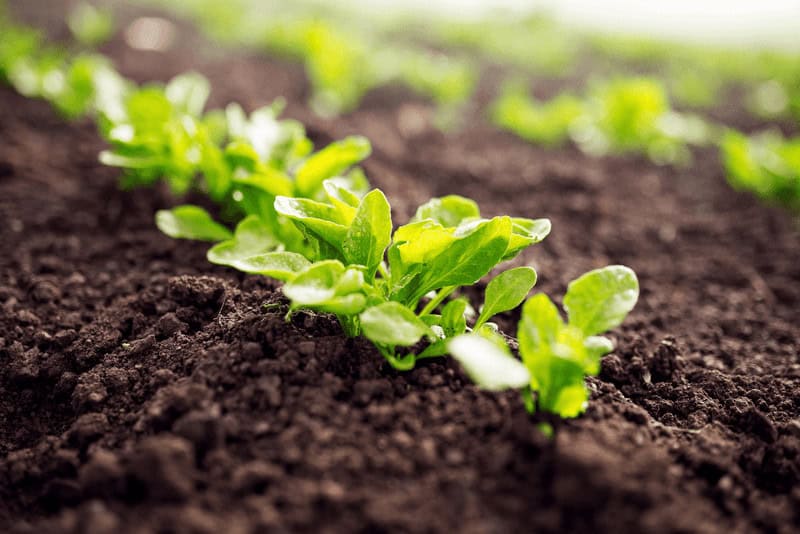
Lettuce thrives in well-drained, fertile soil. Mix in organic compost to enrich the ground. Ensure the soil is loose, promoting root growth.
Testing the pH level can help, as lettuce prefers slightly acidic to neutral soil. Proper soil preparation is the key to healthy plants.
3. Plant in Succession
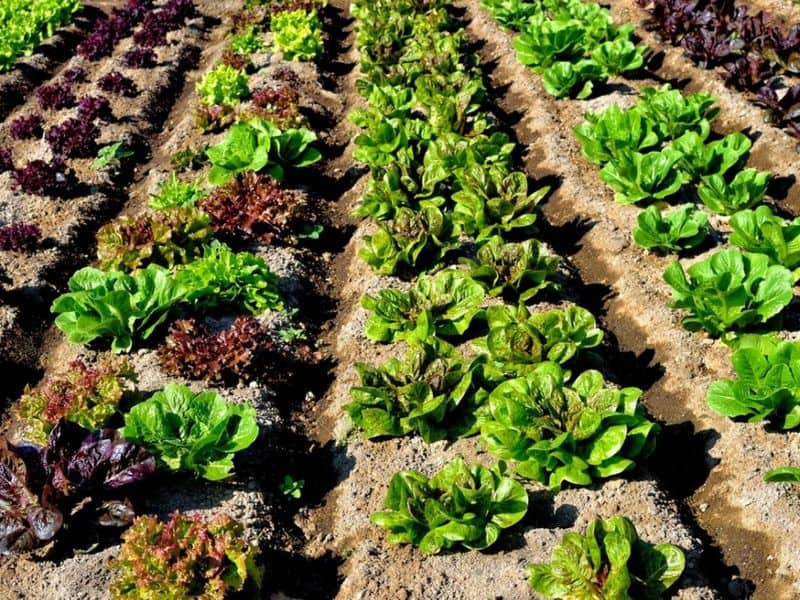
To maintain a continuous supply, plant lettuce seeds every two weeks. This staggered sowing ensures that as one crop matures, another is just starting.
This technique keeps your salad bowl full and reduces the risk of oversupply at any given time.
4. Provide Adequate Water
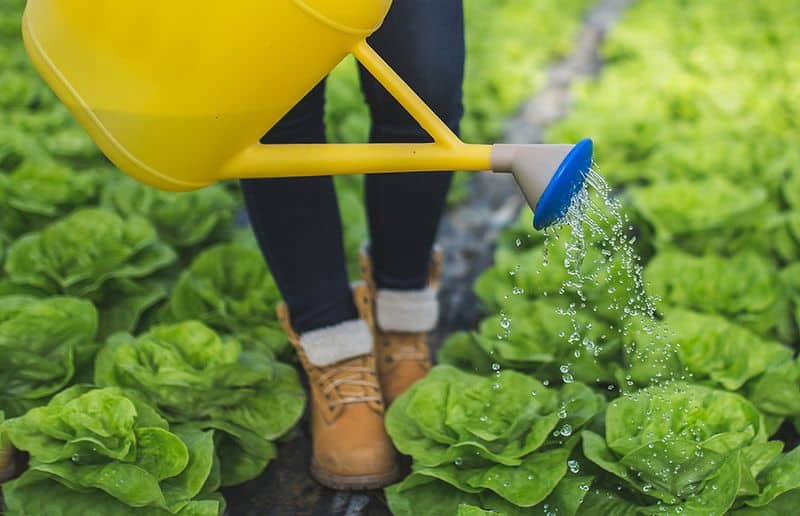
Lettuce requires consistent moisture. Water deeply but avoid soaking. Using mulch helps to retain soil moisture and prevents weeds.
Drip irrigation systems can offer precise watering, ensuring that lettuce receives the right amount of hydration. Regular watering is vital for crispy, fresh leaves.
5. Manage Pest Control
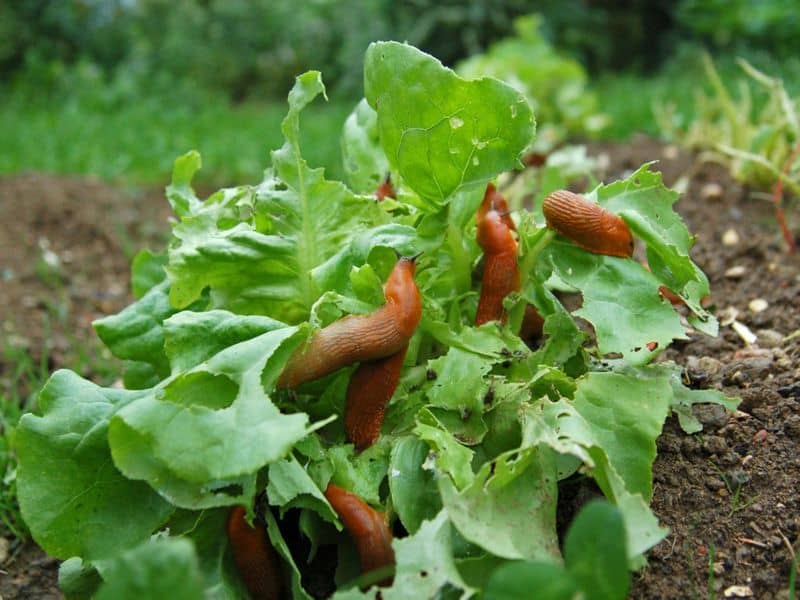
Pests like aphids can wreak havoc on lettuce. Use natural remedies such as neem oil or companion planting with herbs like basil to deter pests.
Regular inspections help catch infestations early. A proactive approach ensures your lettuce remains healthy and pest-free.
6. Ensure Proper Sunlight Exposure
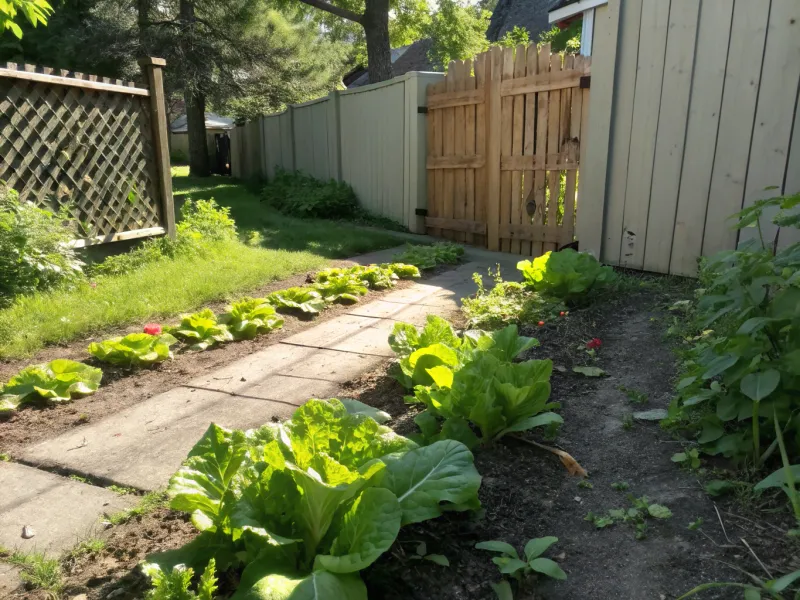
Lettuce grows best in partial shade, especially during hot months. Position your plants to receive morning sun and afternoon shade.
This balance prevents leaves from wilting and bolting. Using row covers can also help manage sunlight exposure effectively.
7. Thin Young Seedlings
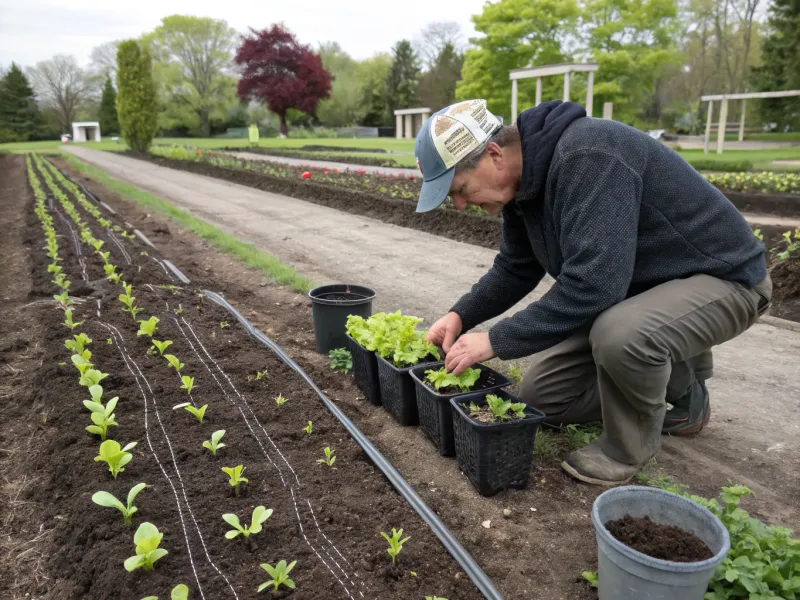
Crowded seedlings can stunt growth. Thin them to allow each plant ample space and nutrients. Doing this early prevents root competition.
Use removed seedlings in salads or as compost. Proper spacing enhances airflow, reducing the risk of fungal diseases and promoting robust growth.
8. Use Row Covers
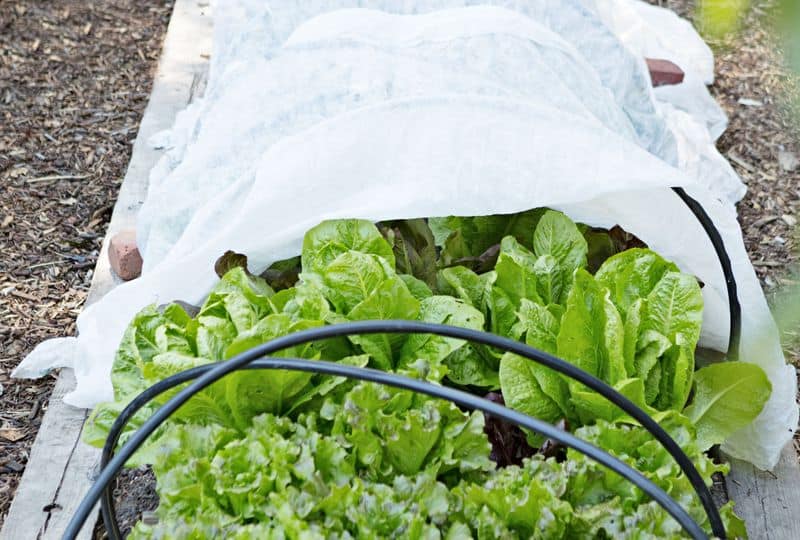
Row covers protect lettuce from extreme weather and pests. They create a microclimate that fosters growth.
Easy to apply, these covers shield from frost and insects while allowing sunlight and water to penetrate. Utilizing row covers can extend your growing season considerably.
9. Harvest Regularly
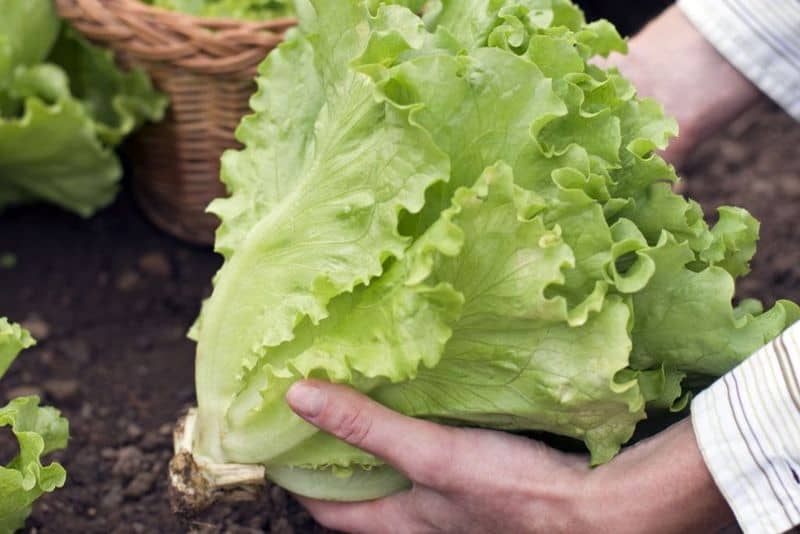
Regular harvesting encourages new growth. Cut outer leaves first, leaving the plant’s core intact to continue producing.
This method, known as cut-and-come-again, maximizes yield. Frequent harvests keep plants productive and free up space for new growth, ensuring a steady supply.
10. Rotate Crops
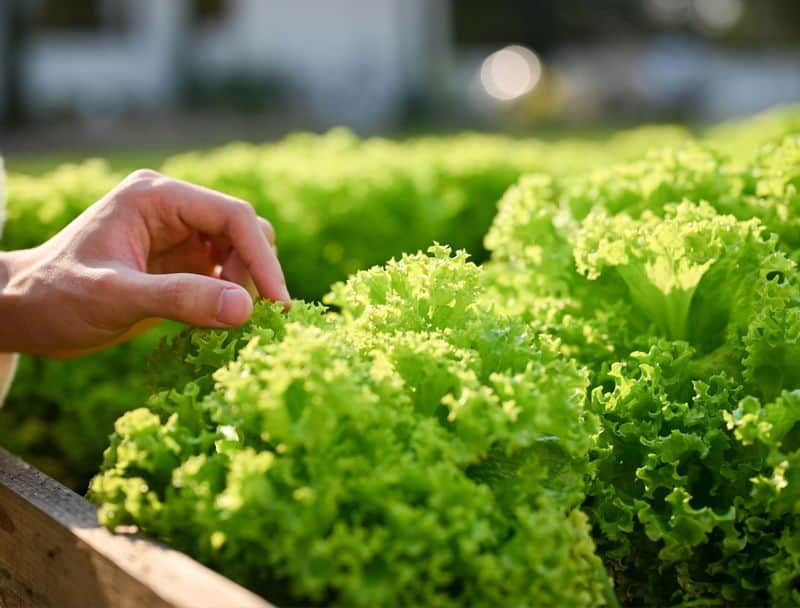
Crop rotation prevents soil nutrient depletion. Avoid planting lettuce in the same spot repeatedly. Rotate with legumes to replenish nitrogen levels.
This practice reduces disease build-up and pest issues, promoting healthier plants. Efficient crop rotation sustains soil fertility over time.

